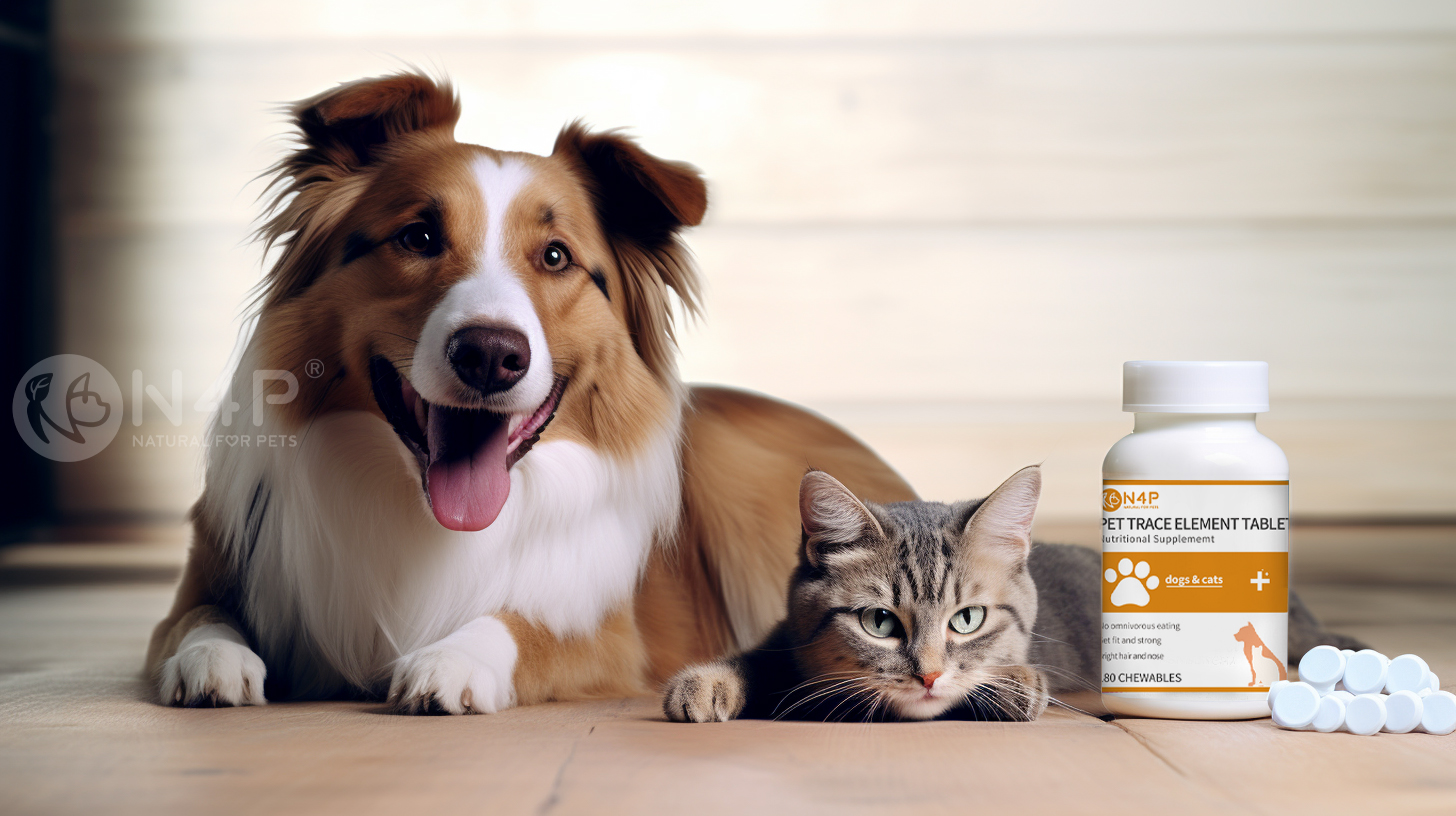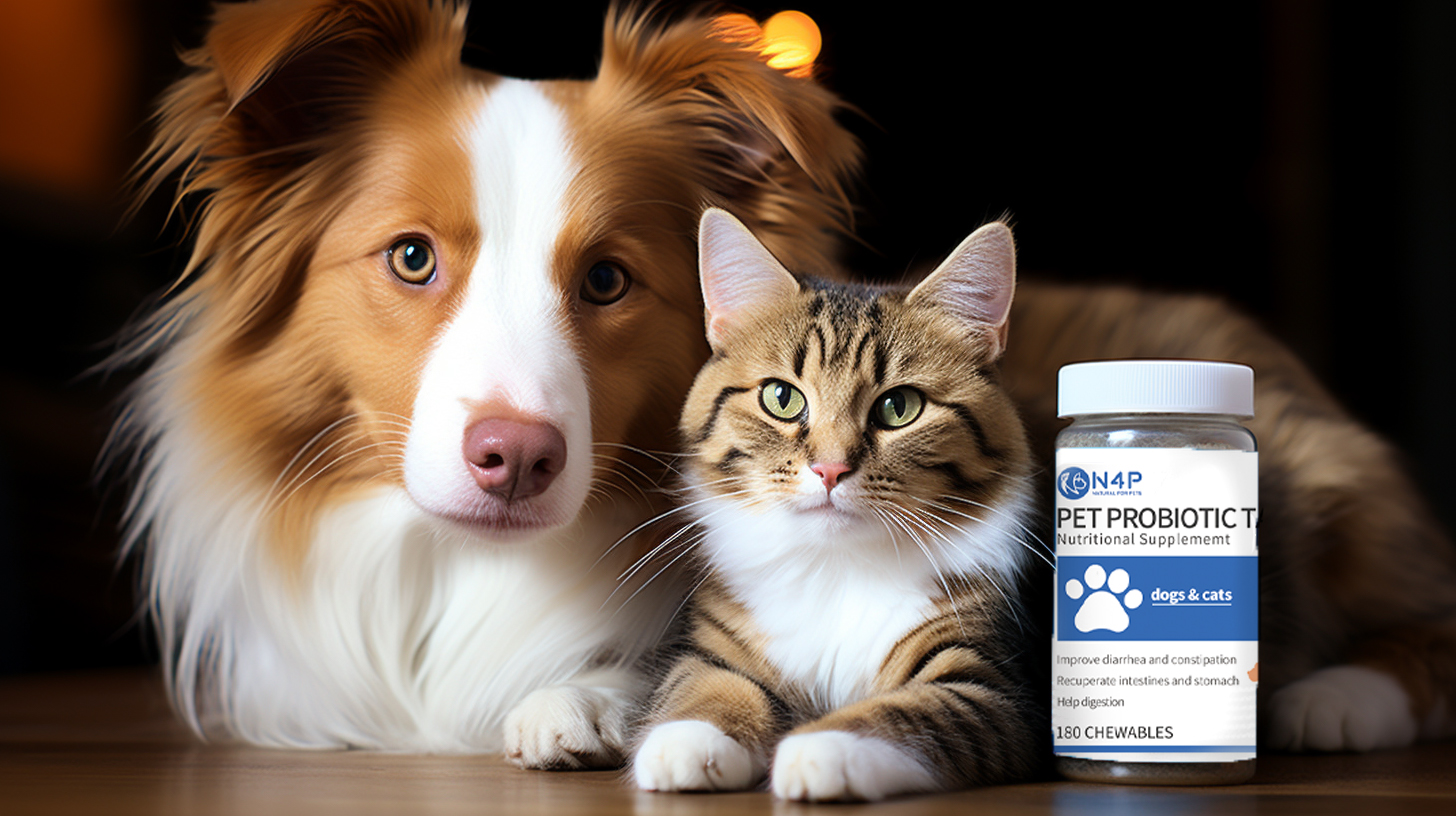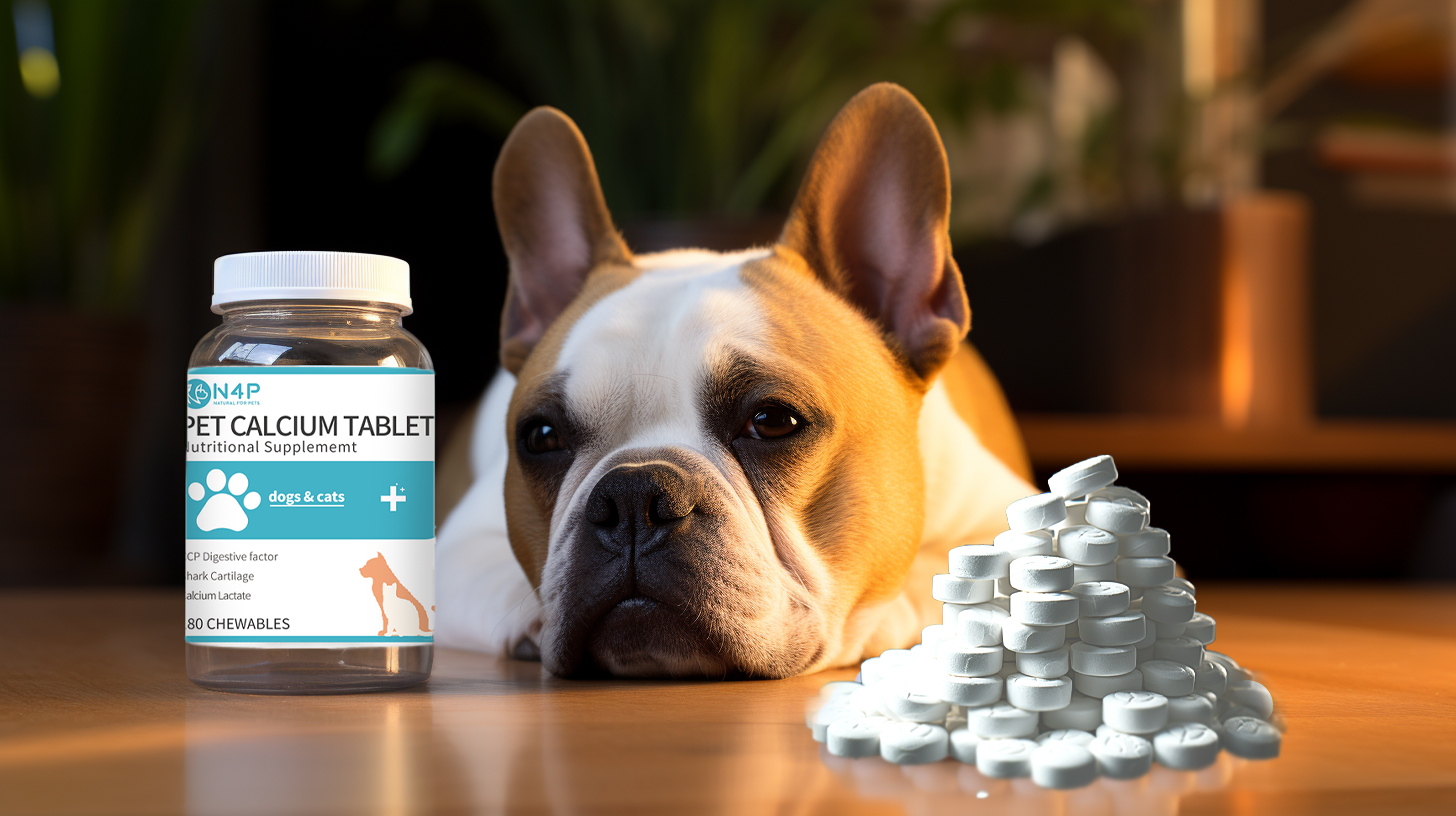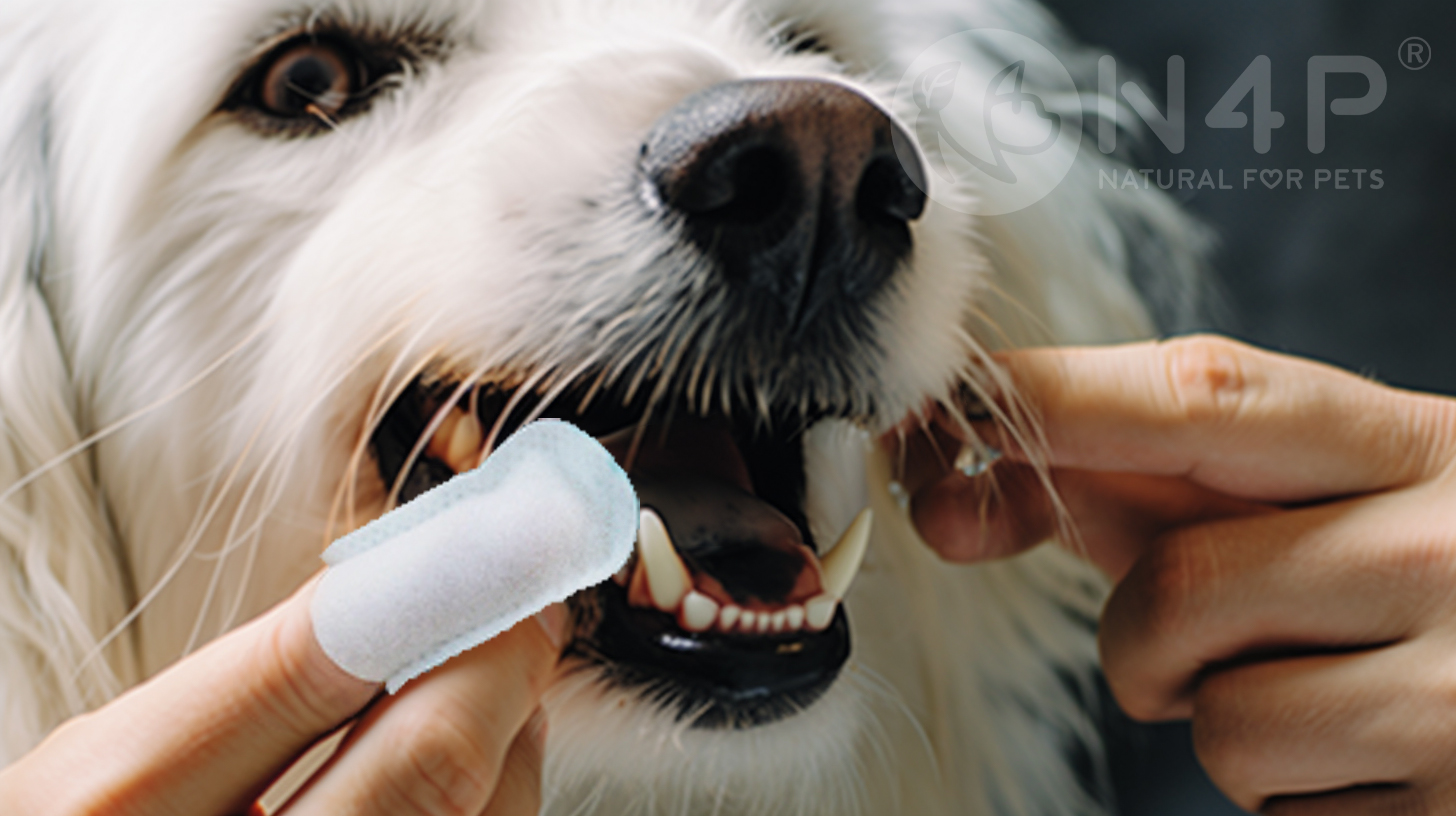How to Save Money on Pet Care
Check out these smart ideas for keeping both your pet and your bank account healthy and happy. By Marty Becker, DVM August 24, 2020 Advertisement Pin FB More Tweet Email Send Text Message Print 
dog being bathed Credit: Group4 Studio/Getty
Being a pet owner brings with it many joys, but it also comes with big responsibility. Once you have an animal in your charge, you're responsible for every facet of that animal's care and wellbeing and for some, that can put a dent in your back account. Between medical care, feeding, toys and supplies, and routine grooming, pets are hardly inexpensive. And while you can't skimp on providing for their needs, there are some ways you can keep those costs from getting sky high. Read on for advice on how you can keep pet costs manageable.
Stay Up to Date on Vaccines & Exams
Just as with humans, health problems for dogs and cats that are caught early are less complicated and expensive to fix. So if you think your pet is covered by a yearly combination shot—without an accompanying exam—you're well off the mark.
Tailored Vaccinations. Today's vaccinations should be tailored to a pet's lifestyle; some of them are given much less frequently than once a year. Trying to save money by getting yearly shots without an exam puts your pet at risk for over-vaccination with accompanying side effects and certain autoimmune diseases.
Wellness Checkups. Potentially serious health problems go unnoticed and untreated if you skip veterinary wellness checkups at annual or even semiannual intervals. That's why you save money in the long run by investing in vaccinations and complete veterinary wellness checks at regular intervals.
Work with Your Veterinarian
Your vet knows that many pet owners feel pinched these days—and should be willing to help in any way that doesn't compromise your pet's health.
Prescription Savings. Ask your vet for prescriptions that can be filled elsewhere if you find better pricing (but offer a chance to match prices before you go). Inquire about short-term promotions such as those offered during Dental Health Month (February), ongoing discounts for multiple-pet households, and savings for senior citizens.
Pet Insurance. Feel more comfortable visiting your vet when you invest in pet health insurance. Consider it a backup in case of emergency. It can help save your dog's or cat's life when money is an issue. If you can't afford insurance, start a savings account targeted toward unexpected medical bills.
Keep Your Pet Fit & Trim
If your pet is overweight, you're already missing one of the most important items on your pet care to-do list. Pet obesity has been implicated in a host of health problems including arthritis, cancer, and diabetes. That's why trimming your pet's weight should be a top priority.
Regular Exercise. Movement should be part of the equation, and that's actually a good thing for both of you. (Get your vet's OK before starting a pet's exercise program.) For dogs, 30 minutes of heart-pumping aerobic exercise each day is important for physical and mental health. As for kitties, try a multi-tier cat tower to give your cat areas to climb. Interactive play with a laser or wand-type toy that ends with a feather will bring out the hunter in your feline.
Good-Quality Food. Ask your veterinarian to calculate your pet's ideal weight and the number of calories he should eat in a day. As for what you feed your pet, your vet should be able to recommend a good food no matter where you shop for it or how much you can spend. It's not that all foods are the same; they're not. Buy the best food you can afford from the list of options you're given by your vet. If you own multiple dogs, you may want to buy in bulk to save even more money.
- RELATED: How Much Should I Feed My Dog?
Learn to Do Things Yourself
While you need a veterinarian to oversee your dog's or cat's health care, there are things you can do at home to keep your budget at a more reasonable level.
Dental Care. Brush your dog's teeth every day. Doing so can lengthen the time between necessary—but expensive—cleanings at the vet's office. Although the rule of thumb for cleanings is once a year, dogs with periodontal disease get them more often. Prevention is a lot less expensive than pulling teeth!
Basic Grooming. Learn to handle basic pet-grooming services such as bathing and nail trimming at home. At minimum, you can stretch out the time between professional grooming appointments for high-maintenance pets such as a Yorkshire terrier or Persian cat. Check your library and the internet for grooming guides. Go to YouTube for potentially helpful videos.
Prevent Tragedies: Saving the life of a pet who has been hit by a car or poisoned costs hundreds, maybe thousands of dollars in medical care. Think ahead and minimize risks inside and outside your home. A sturdy fence and the use of a leash will help keep your dog from getting injured. Keeping your cat inside all the time will keep her safe while protecting her from communicable diseases.
Pet-Proof Your Home. Walk through every room (including the garage), securing anything a dog or cat could eat, knock over, climb upon, pull down, or break into a million pieces. (Yes, it's much like childproofing a home to lower risks when you have a toddler on the loose!) Keep trash and recycling containers, household chemicals, cleaning supplies, and mousetraps that use poison bait where your pet can't get them. These strategies will go a long way toward keeping your dog or cat out of the emergency-vet clinic and your money where it belongs—in your bank account.
A version of this article first appeared in Happy Paws Spring/Summer 2019.







